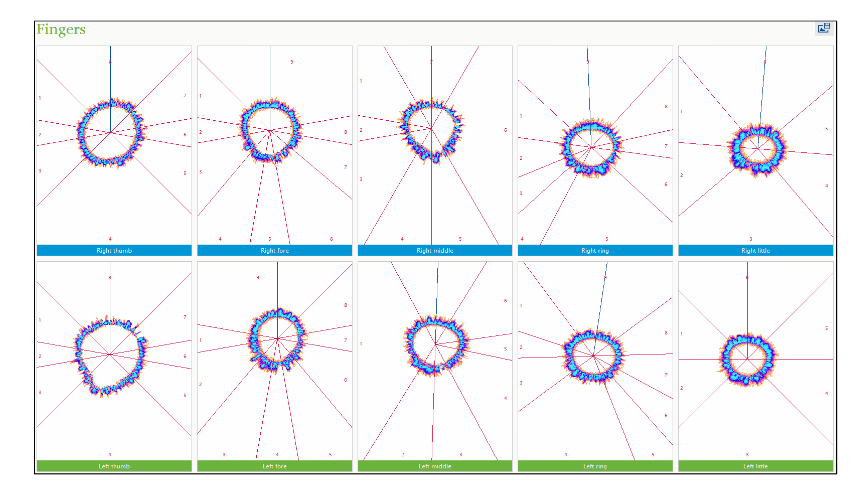The Bio-Well camera is a revolutionary, non-intrusive way to measure the human biophotonic energy field using a specialized GDV camera and software system. The technology behind the Bio-Well GDV camera is based upon the powerful technology known as Electro-Photonic Imaging EPI, also frequently referred to as Gas Discharge Visualization (GDV).
The Bio-Well camera is the most recent commercial development incorporating the powerful technology of Electro-Photonic Imaging EPI technique, providing health practitioners a more accessible and cost-effective medium than
previously available.
The science and scientific protocol behind the Electro-Photonic Imaging Camera or EPI camera and integrated software was developed by a team of internationally renowned physicists, physicians, programmers, and technicians. Currently, there are based in St. Petersburg, improving and expanding the software and managing the database.
The founder, Professor Konstantin Korotkov (PhD), comes from a long line of doctors and scientists. With over a dozen books to his credit, and guest lectures virtually every month, Prof. Korotkov is well known to many including the US National Institutes of Health, where he has presented his techniques to an enthusiastic array of doctors and scientists.

The GDV/EPI – Electro-Photonic Imaging system has been approved by Russian Health Authorities for general use, following clinical trials and the recommendation of the Russian Academy of Sciences. It utilizes almost instantaneous, non-invasive, and painless measurements and sophisticated interpretive software with comparisons to an extremely large and reliable database assembled over more than 10 years.
The Bio-Well camera, (incorporating the GDV/EPI Electro-Photonic Imaging technology), photographs and processes the client’s fingers. Each finger is placed (one at a time) on the Bio-Well GDV device lens, and a high-intensity electromagnetic field is applied to trigger the cascade of electrons and photons from the fingertip.

The electronic glow of this discharge (invisible to the human eye) is captured by a specifically configured optical CCD camera system and translated into a digital computer file. The data from each test is converted to a unique Photonic Profile, which is compared to a database of hundreds of thousands of data records. Using 55 distinct parametric discriminates, it is then charted for further discussion and analysis.
